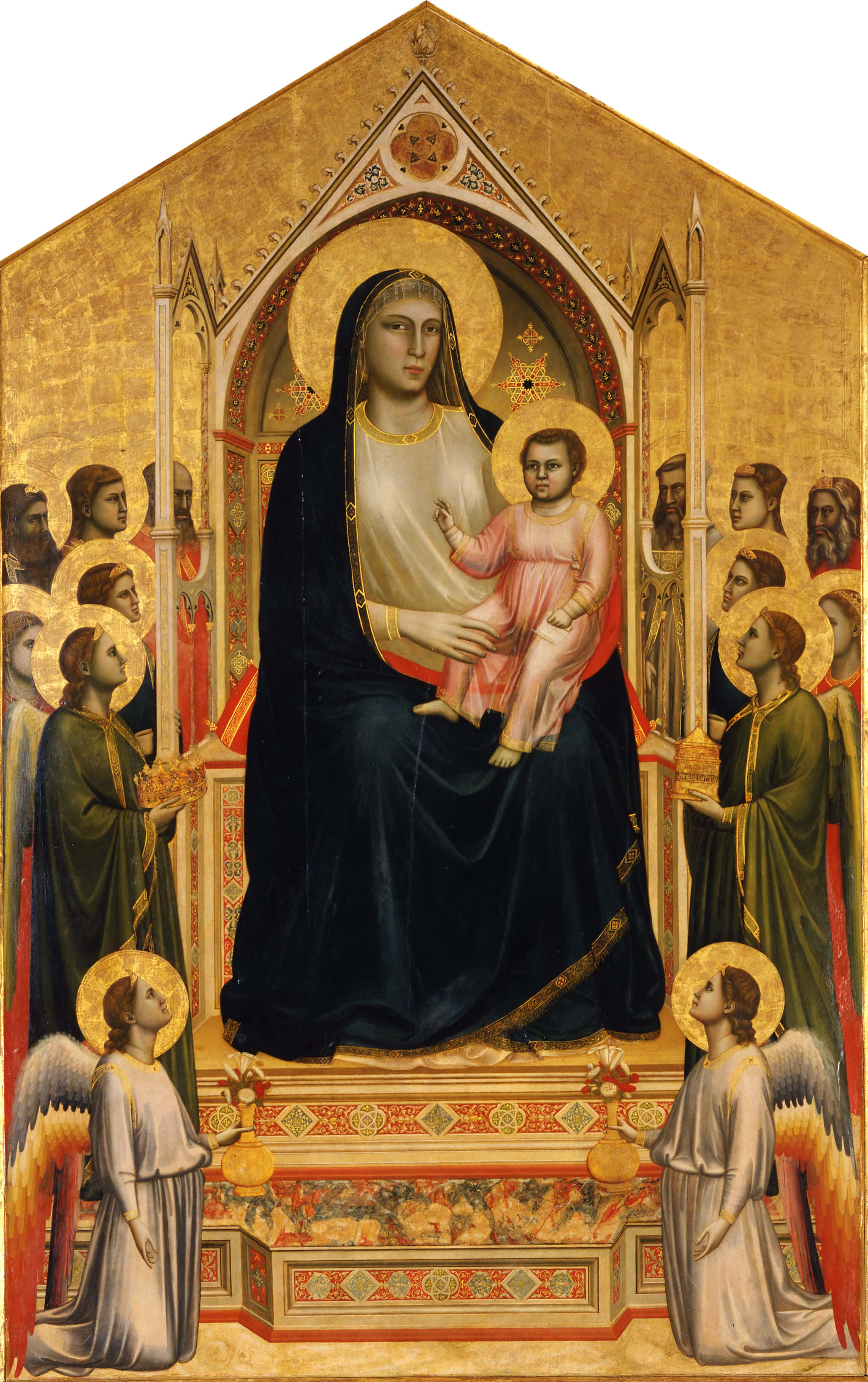Historical Context
Created during the 14th century, this artwork reflects the transition from medieval to Renaissance art, emphasizing human emotion and a more naturalistic approach to figures and spaces. Giotto, a pioneer of this movement, broke free from the flatness of earlier styles and established a new standard in Western art through his innovative techniques and storytelling abilities.
